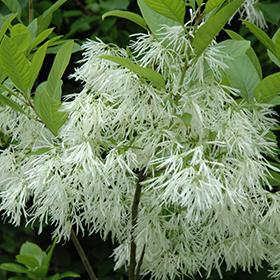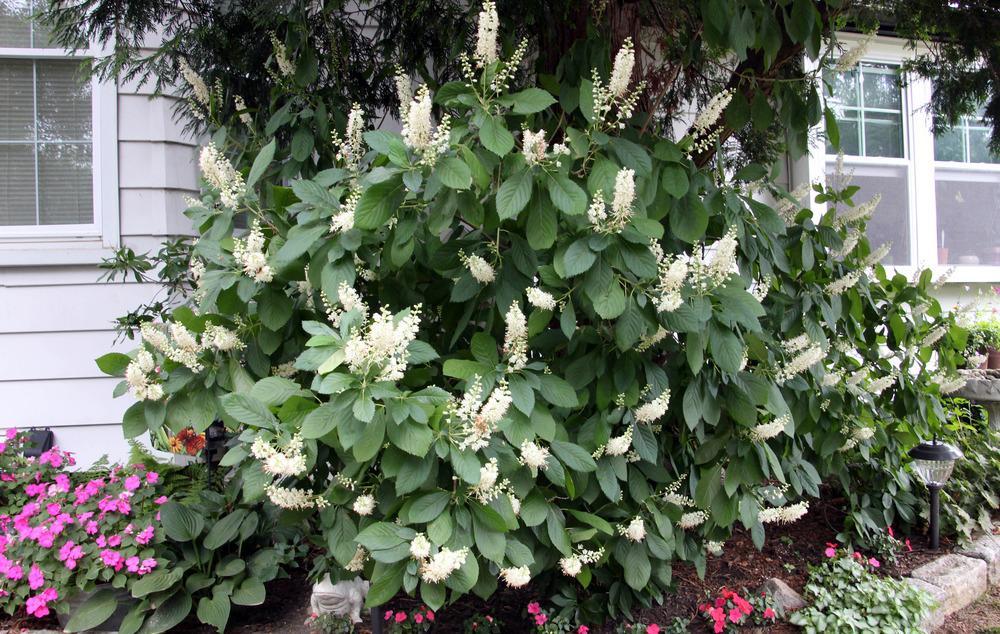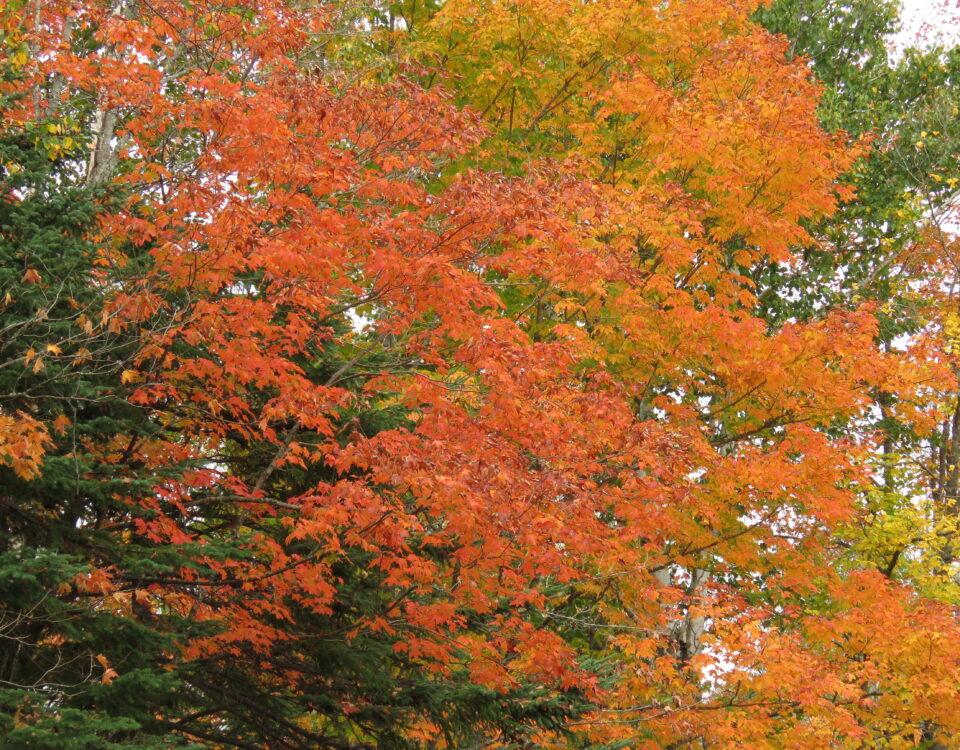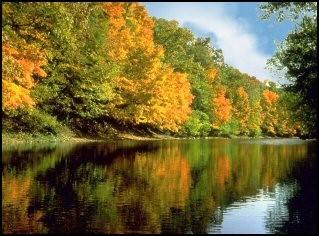
Understory Trees
April 19, 2023
Shrub Spotlight for the Native Plant Fest and Sale
June 12, 2023By Al Todd
In his book Bringing Nature Home, Doug Tallamy, entomologist and longtime University of Delaware professor, talks about “host” trees – trees that serve as the most important food sources for birds and wildlife. Tallamy would be the first to say that “a yard without a large tree is a yard that is only meeting a fraction of its life-support potential”. The top host trees are oak, cherry, birch, willow, and poplar. And of all the trees, no group supports more life forms than the genus Quercus – what we know as oaks! They provide food and protection for bugs to birds to bears – an enormous diversity of species.
Over 600 different Hymenoptera species (mostly sawflies and small wasps) use oaks exclusively as host plants, unable to survive on anything else. Oak trees support 897 caterpillar species and are hosts for more Lepidopteran species (moths and butterflies) than any other plant studied. These caterpillars fuel the food web – being the main food source of terrestrial nesting birds. At least 61 species of woodboring beetles, 37 species of treehoppers, at least 21 species of leafhoppers, and countless other insects utilize oaks and birds feed on them. The next most important tree group, the Maples (Acer), support less than half as many!
And that’s before we even consider the multitude of creatures that also feed on their acorns. Not just squirrels but white-tailed deer, rabbits, raccoons, opossums, red foxes, and wild turkeys. Oaks and Blue jays evolved together about 60 million years ago, in what is now Southeast Asia. Jays grew so adapted to life alongside oaks that a small hook at the tip of their bill is designed to rip open an acorn husk. Other birds (60+ species), mammals, and other creatures also use the cavities and other parts of the tree for nesting or shelter.
Oaks are not just another plant, they are engines for running our ecosystems.
With over 90 species of oak in N. America and about 435 worldwide, Quercus is the largest tree genus, made up mostly of trees that are very large and very long-lived, two factors that help explain the oak’s power. Since oak species have evolved to grow in most habitats and growing conditions, it comes down to finding the right oak for you. A few to consider in our region are the White Oak (Q. alba), Chestnut Oak (Q. montana), Pin Oak (Q. palustris), Southern red oak (Q falcata), and Willow Oak (Q. phellos). The most common oak species in Cape St Claire are Southern Red Oak, Willow Oak, and Chestnut Oak. Watch our Facebook page for a listing of Champions.
Consider a few of the oak’s credentials.
- Of the food eaten by insects, birds and other animals, 75 percent comes from just a few key genera — and oaks lead the list.
- Birds forage longer in oaks (which is often about caterpillars — high-value baby food during breeding season).
- An oak can produce three million acorns in its lifetime — full of protein, fat and carbohydrates.
- A mature tree can drop as many as 700,000 leaves every year. Because they contain higher concentrations of lignins and tannins, chemicals that retard breakdown, oak leaves decompose slower than most tree leaves. The resulting leaf litter is habitat for beneficial organisms.
- The tree’s dense canopy and root system are important in water infiltration and reducing runoff.
- Oak trees also sequester large amounts of carbon.
Mr. Tallamy coined the term homegrown national park — the notion that each person’s contributions of native plantings on their property, led by oaks, add up to substantial habitats and conservation corridors equivalent to a national park. Tallamy says, “in the past, we asked only one thing of our gardens: that they be pretty. Now they need to support life, sequester carbon, feed pollinators, and manage water too.”





